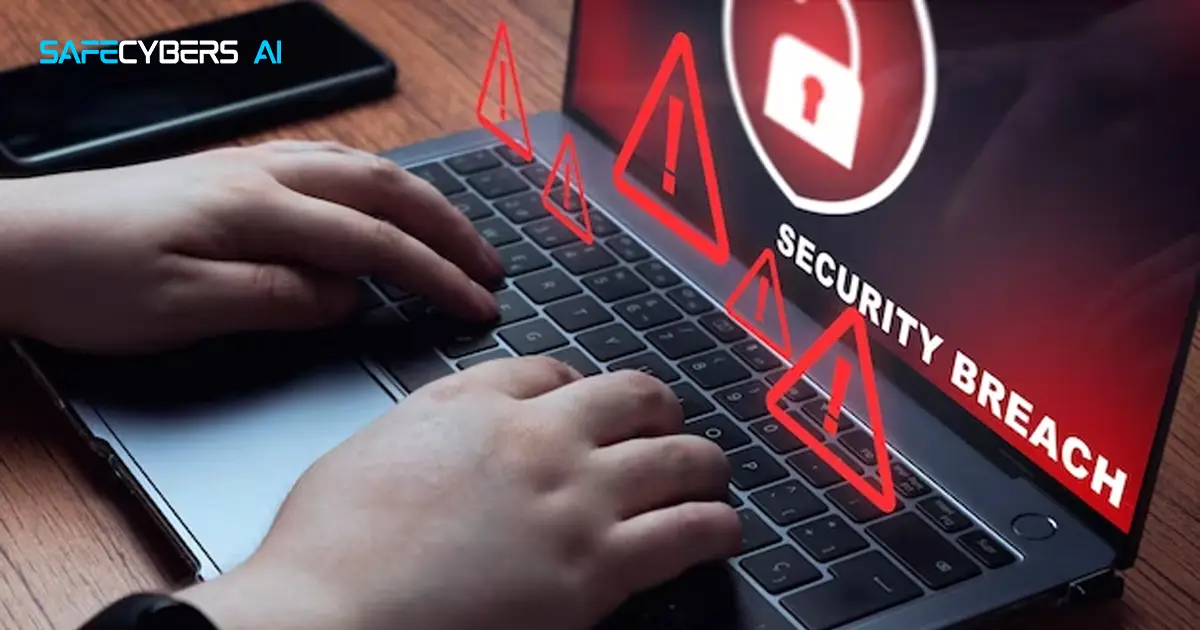
5 Common Mistakes to Avoid in Risk-Based Vulnerability Management
Learn about the five most common mistakes to avoid when implementing risk-based vulnerability management. Explore best practices and strategies to enhance your cybersecurity defenses and mitigate vulnerabilities effectively.

Companies, big and small, face numerous threats from cyber attackers aiming to exploit vulnerabilities in their systems. One way to stay ahead is through effective Risk-Based Vulnerability Management (RBVM). However, many organizations make common mistakes that can jeopardize their security. In this blog post, we'll shed light on five such blunders and how to avoid them.
Neglecting Regular Vulnerability Assessments
Some people believe that once they've done a Vulnerability Assessment and Penetration Testing (VAPT), they are good to go. However, cybersecurity is an ever-evolving field, and what may be secure today could be vulnerable tomorrow. Regular assessments are like health check-ups for your systems, ensuring that you catch potential issues before they become serious threats.
To avoid this mistake, schedule periodic vulnerability assessments. Use automated tools or hire professionals to scan your systems and identify weaknesses. This ongoing process will help you stay on top of emerging threats and keep your defenses robust.
Failing to Prioritize Risks Effectively
Not all vulnerabilities are created equal. Some pose a higher risk than others, and failing to prioritize them effectively can lead to wasted resources and missed opportunities to strengthen your security posture. This is where Risk-Based Vulnerability Management comes into play.
Understand the importance of your assets and data. Identify vulnerabilities that could cause the most harm if exploited. Prioritize addressing these first. This approach ensures that you are investing your time and resources where they matter the most, creating a more resilient defense against potential threats.
Overlooking Patch Management
Software vulnerabilities are like open doors for cybercriminals. One common mistake is neglecting the timely application of security patches. When a software vendor releases a patch, it's like fixing a hole in your digital fence. If you delay or forget to apply these patches, you're leaving your systems exposed.
Develop a robust patch management strategy. Regularly check for updates, and apply them promptly. Automated tools can assist in this process, making it more efficient and less prone to human error. By staying current with patches, you're closing those digital doors and reducing the risk of exploitation.
Ignoring Employee Training
Your employees are the front line of your defense against cyber threats. Unfortunately, one of the most common mistakes is neglecting to educate and train them on cybersecurity best practices. Phishing attacks, for instance, often rely on human error to succeed.
Invest in regular training sessions to raise awareness about common threats and teach employees how to recognize and respond to them. Create a culture of cybersecurity within your organization. When employees understand the risks and know how to mitigate them, your overall security posture improves significantly.
Lack of Communication and Collaboration
In many organizations, different teams handle cybersecurity, IT operations, and business continuity. However, when these teams operate in silos without effective communication and collaboration, it can lead to critical vulnerabilities being overlooked.
Break down the silos and foster collaboration among teams. Encourage open communication about potential vulnerabilities and their impact on the business. By creating a united front, you can leverage collective knowledge and expertise to address vulnerabilities more comprehensively.
Conclusion
Effective Risk-Based Vulnerability Management systems are essential for safeguarding your digital assets in an increasingly interconnected world. By avoiding common mistakes like neglecting regular assessments, failing to prioritize risks, overlooking patch management, ignoring employee training, and lacking communication and collaboration, you can enhance your organization's cybersecurity posture.
Cybersecurity is a continuous effort. Stay vigilant, adapt to emerging threats, and foster a culture of security within your organization.